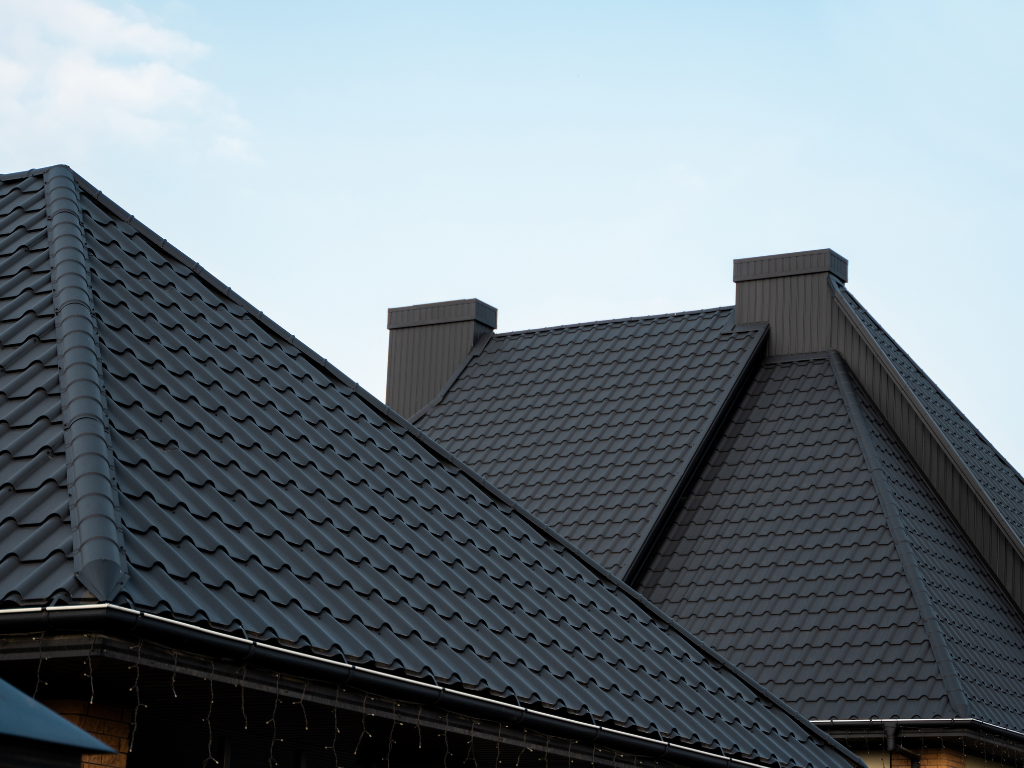Getting Started with Roof Tile Installation
When it comes to roofing, the correct installation of roof tiles is crucial not only for the aesthetic appeal of your home but also for its long-term durability and weather resistance. This guide will walk you through the essentials of roof tile installation, helping you understand the process and what to expect.
Choosing the Right Roof Tiles
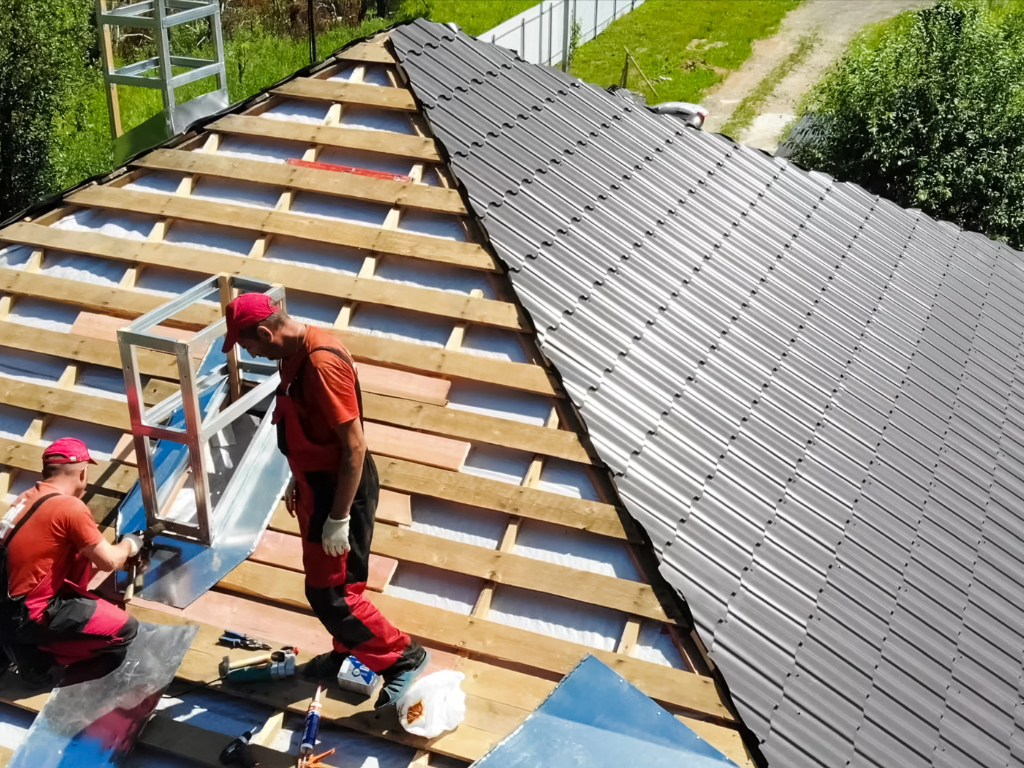
Factors to Consider:
- Material: The choice of material (clay, concrete, slate, etc.) affects durability, weight, and appearance.
- Climate Compatibility: Ensure the tiles you choose are suitable for your local weather conditions.
- Aesthetics: The color, shape, and style should complement your home’s design.
Comparing Tile Types:
- Clay tiles offer a traditional look and are extremely durable.
- Concrete tiles are versatile and come in various colors and styles.
- Slate tiles are known for their natural appearance and longevity.
Preparation for Installation
Tools and Materials:
- Basic roofing tools (hammer, nails, ladder, etc.).
- Safety gear (gloves, safety glasses, harness).
- Roof tiles and additional materials like underlayment and flashing.
Safety Measures:
- Always use a sturdy ladder and wear a harness when working at heights.
- Keep the work area clean and free of hazards.
Preparing the Roof:
- Inspect the roof structure for any damage.
- Ensure the roof is clean and flat for tile installation.
Step-by-Step Installation Guide
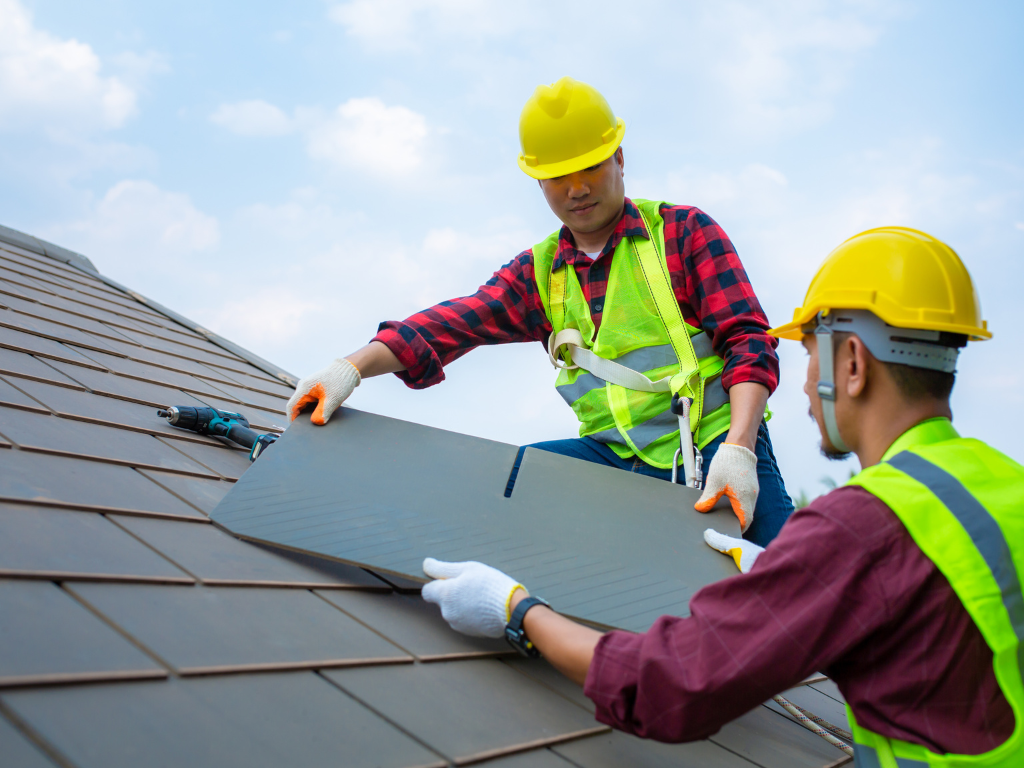
- Laying the Underlayment: Start by laying a water-resistant underlayment to protect the roof structure.
- Starting at the Bottom: Begin installing tiles from the lower edge of the roof.
- Alignment: Ensure each tile is aligned properly with its neighbors.
- Securing Tiles: Nail the tiles in place, taking care not to crack them.
- Working Around Obstacles: Cut and fit tiles around vents, chimneys, and other roof features.
- Progressing Upwards: Continue laying tiles in rows, overlapping them to ensure water runoff.
Installation Tips:
- Take your time to ensure proper alignment and fitting.
- Regularly step back to check the overall appearance and adjust as needed.
Post-Installation Inspection
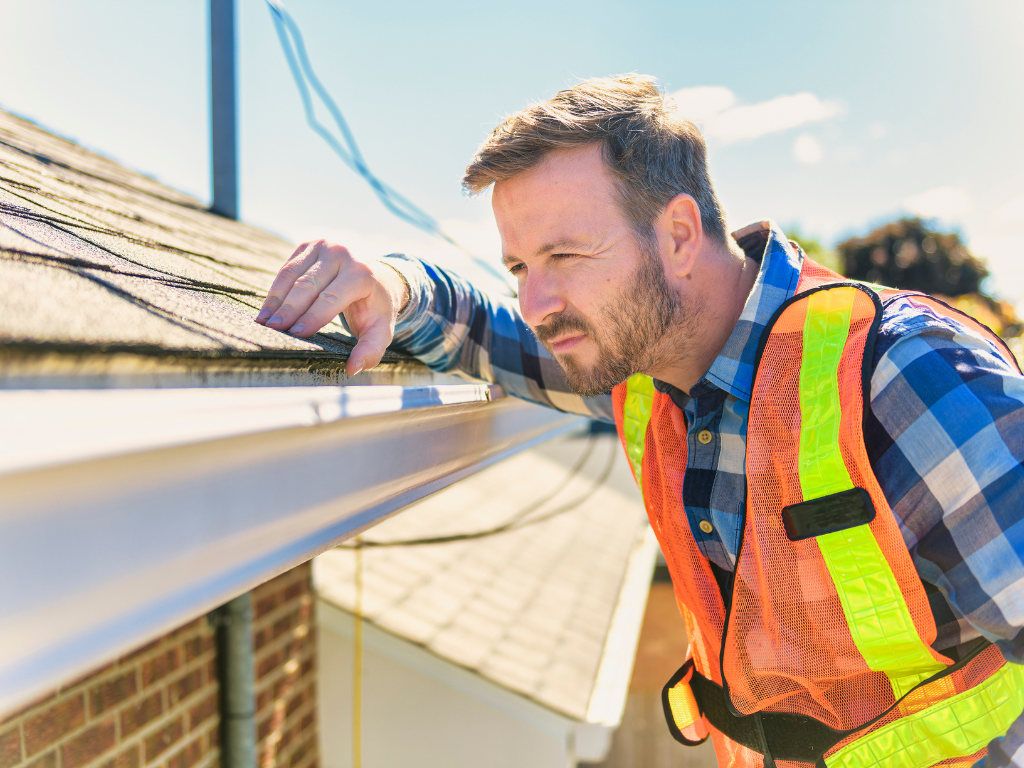
Once the installation is complete, it’s vital to perform a thorough inspection. This ensures that every tile is securely fitted and aligned correctly.
- Check Alignment: Look for any irregularities in the tile lines.
- Secure Fitting: Make sure each tile is firmly nailed in place.
- Weatherproofing: Inspect flashing and seals around roof protrusions.
- Insulation: Ensure there are no gaps that could lead to leaks or drafts.
Maintaining Your Roof Tiles
Regular maintenance is crucial to extend the lifespan and preserve the appearance of your roof tiles. Here are some key steps you should follow:
Routine Inspection:
- Conduct inspections bi-annually and after major weather events.
- Check for cracks, chips, and any signs of shifting or damage.
- Ensure the tiles are properly aligned and there are no gaps.
Cleaning:
- Remove debris, leaves, and twigs regularly to prevent accumulation.
- Use a low-pressure washer or a soft brush with mild detergent for cleaning; harsh chemicals can damage the tiles.
- Pay special attention to areas prone to moss and algae, and consider applying a preventative treatment.
Dealing with Damage:
- Replace broken or severely cracked tiles immediately to prevent water damage.
- For small cracks, use a roof tile repair compound but ensure it’s suitable for the tile material.
- Regularly check the gutters and downspouts to ensure proper water drainage.
Repair and Replacement Techniques
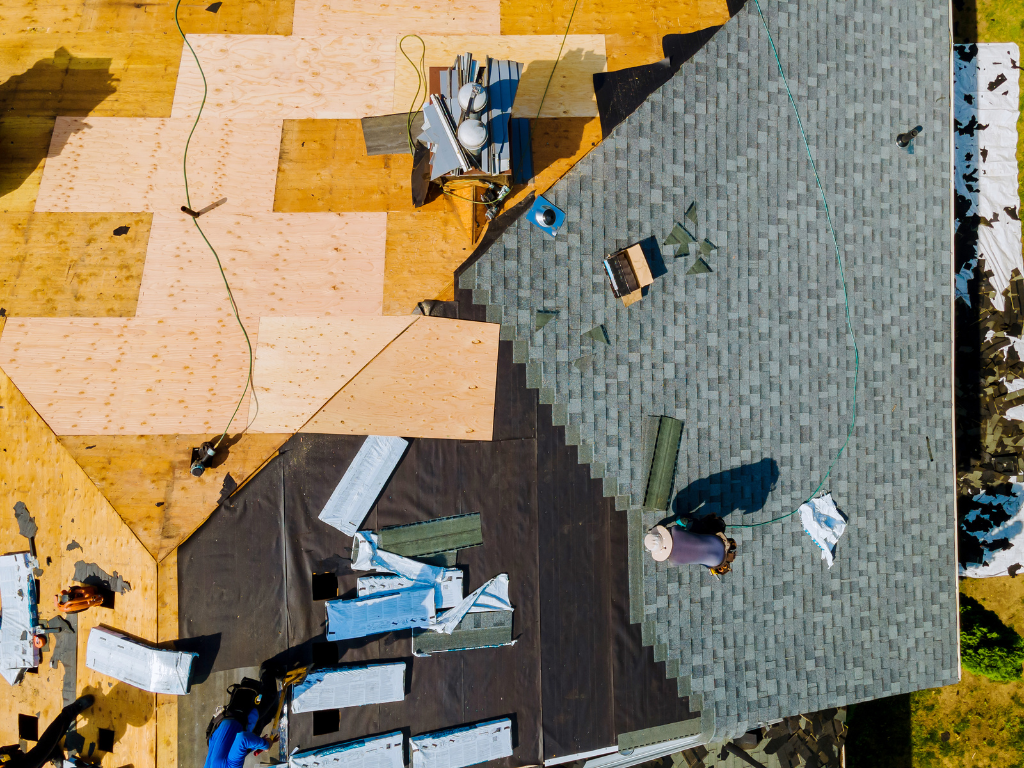
Roof tiles can last for decades, but they may require repairs or replacement over time. Here’s how you can handle these:
Repairing Damaged Tiles:
- Identify the damaged tile and carefully remove it without disturbing the surrounding tiles.
- If the tile is cracked but still intact, apply a suitable adhesive or filler and put it back in place.
- For broken tiles, clean the area, apply adhesive on the new tile, and place it carefully, ensuring it aligns with the others.
Replacing Roof Tiles:
- When removing a damaged tile, lift the overlapping tiles and gently slide out the damaged one.
- Position the new tile, ensuring it fits snugly.
- Secure the tile with nails or clips as per the original installation method.
Long-Term Care and Prevention
To ensure your roof remains in excellent condition for as long as possible, consider these long-term care and prevention strategies:
Regular Check-Ups:
- Schedule professional inspections every few years to catch any issues you might have missed.
- Pay attention to the roof’s underlayment and flashing; these are crucial for preventing leaks.
Weatherproofing:
- Apply sealants or coatings every few years to protect tiles from harsh weather and UV rays.
- Consider insulation upgrades to improve energy efficiency and prevent heat loss.
Adaptation to Changing Conditions:
- If you live in an area with changing weather patterns, consider tiles that can adapt to these conditions, such as temperature-resistant or moisture-resistant options.
Navigating the Highs and Lows of Roof Tiles
Managing a roof tile system requires balancing aesthetics with functionality. Here’s a deeper look:
Challenges in Maintenance:
- Addressing the unique challenges of different tile materials, such as the fragility of clay tiles or the weight of concrete tiles.
- Understanding the lifecycle of your roof tiles and planning for eventual replacement or major repairs.
Cost Considerations:
- Weighing the upfront costs against long-term benefits like durability, energy savings, and increased property value.
- Considering maintenance and repair costs in your long-term budgeting for home upkeep.
Frequently Asked Questions about Roof Tiles (FAQs)
Which tiles are best for rooftops?
APT Roofing Roof Tiles stand out for their durability and stylistic variety. They are designed to withstand various climatic conditions, making them a versatile choice for different regions.
What is the most popular roof tile?
Lutum Roof tiles, formerly called Boral Roof Tiles are favored for their extensive range and durability, catering to diverse architectural styles.
What is the difference between ceramic and terracotta roof tiles?
Ceramic tiles, fired at higher temperatures, are denser and more weather-resistant, making them suitable for a wider range of climates. Terracotta tiles, with their natural clay composition, offer a traditional look but are more porous and sensitive to weather changes.
Is roof tile more expensive than Colorbond?
Initially, tile roofs are more costly than Colorbond due to material and installation expenses. However, their longevity and aesthetic appeal can provide better value over time, making them a worthwhile investment for many homeowners.


